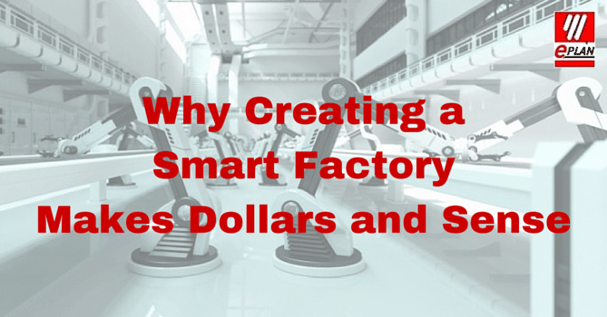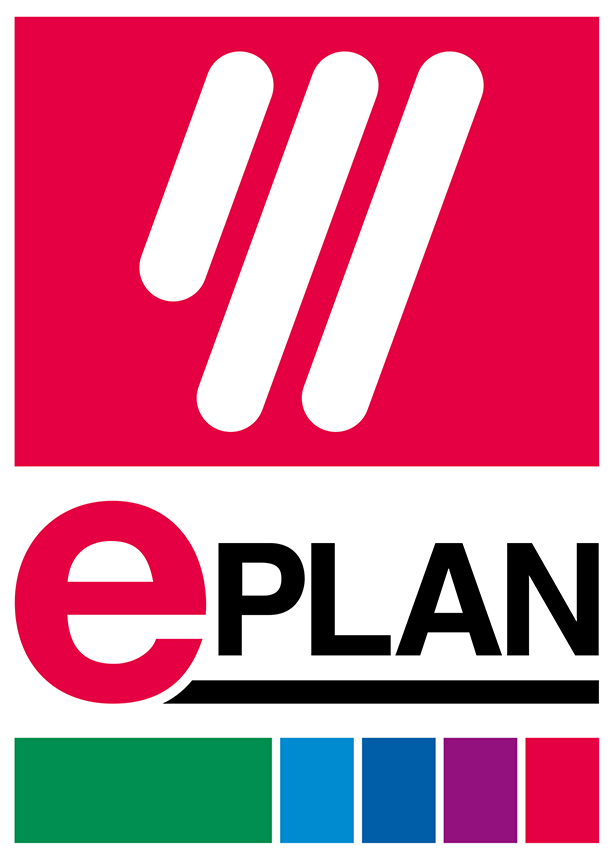
Technology is disrupting nearly every industry and manufacturing is not immune…which is a good thing.
Innovations and process improvements are heralding a new industrial revolution that offers significant efficiencies and opportunities for a human machine interface that have never been seen before. And it all starts with the Smart Factory.
What is the Smart Factory?
As the world becomes more interconnected through technology, there is significant movement in making products smarter by interconnecting them via sensors and other data collection methods. This is the Internet of Things (IoT) and the Industrial Internet of Things (IIoT). The IoT generally refers to the network of smart devices for consumer use and the IIoT refers to the network of smart devices and machines within an industrial setting.
IoT and IIoT gives a digital voice to these products and/or machines allowing them to communicate among themselves and allow the machines and people they are connected to have the ability to monitor and drive their actions.
These interconnected devices become smart machines that form a convergence point between the physical world and the digital world and enable software applications to take advantage of all of the information normally hidden in databases or just lost in the digital ether. They enable the system to make smarter and timelier decisions about matters in the real world.
This offers tremendous benefits to the production process, with significant cost benefits and faster ready to market capabilities that grow even more robust over time.
This is nothing less than a paradigm shift where the real manufacturing world is converging with the digital manufacturing world to enable organizations to digitally plan and project the entire lifecycle of products and production facilities.
Here are just three examples of those benefits.
The Big Data Opportunity
Data is the fuel of the early part of the 21st Century. The dynamic accumulation of data that a business gathers offers a competitive advantage that can be fully realized within a Smart Factory environment.
Powering production with that data means having the real time ability to not just fully automate the manufacturing process, but continually find new efficiencies.
In a connected environment, the data is shared across all engineering disciplines, machines and other stakeholders in the production process. Changes and revisions are communicated in real time. Standardized components are created that can be reused in future designs, thereby creating ongoing efficiencies that grow over time.
Global Collaboration
Production is not usually tied to one location. With the Smart Factory concept, geography is not a barrier. Technology connects people, devices, and data.
This creates new opportunities for engineering disciplines to work together on a project as opposed to the traditional procedure of one discipline overseeing their task and then moving it on to the next. Sharing the data ensures project transparency and allows stakeholders to find new opportunities to gain efficiencies, insight, speed and competitive advantage.
By harnessing a networked architecture, the Smart Factory brings intelligence to manufacturing that allows the machines in it to have a voice in the production process.
- Machines communicating their equipment performance and resource needs, allow for proactive response and less downtime.
- Plant-wide visibility also offers greater human-machine interface with remote access to the production floor that enhances efficiency.
- Interconnected machines offer greater automation and self-monitoring potential without the need for human interaction.
This is the proverbial tip of the iceberg. The artificial and human intelligence that feeds the Smart Factory provides for continual process improvement and innovation.
This also means that competition in the industrial marketplace is preparing to make a giant leap forwards. Be ready for it.





